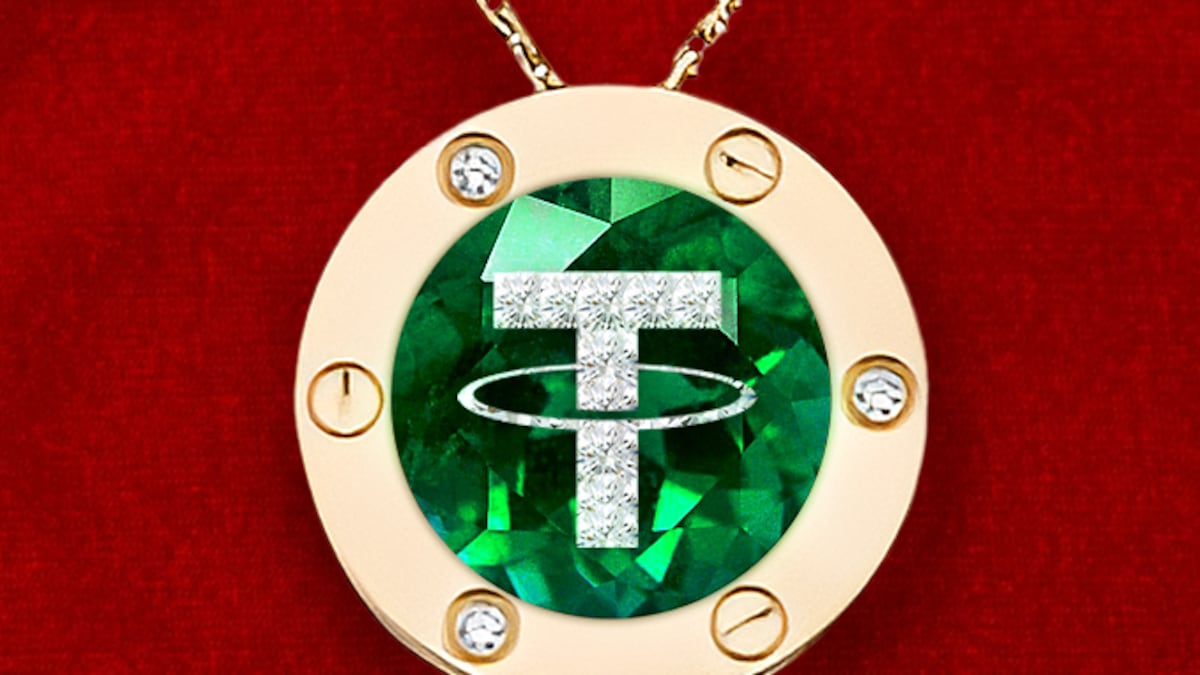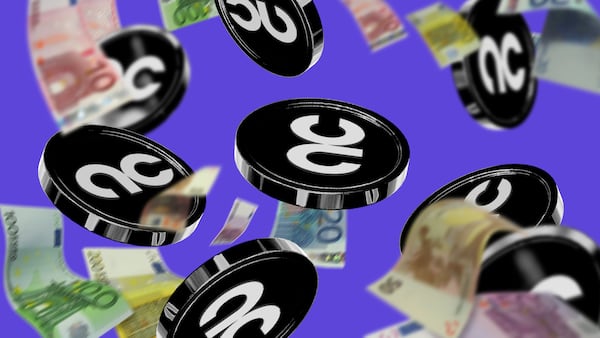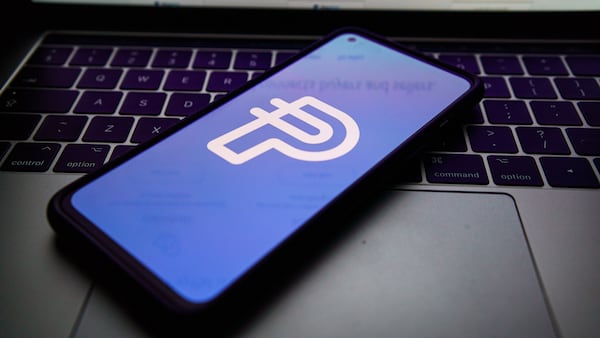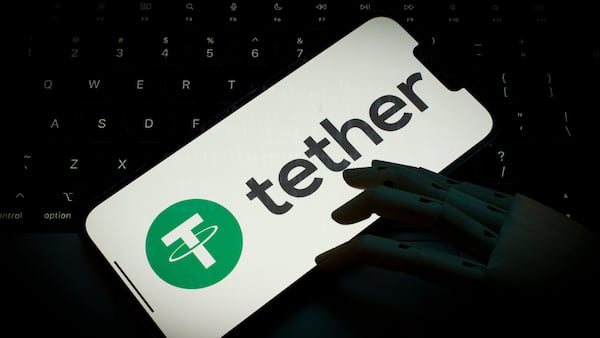- Stablecoins account for 50% of the value settled on public blockchains.
- People in emerging markets use stablecoins for reasons that have nothing to do with speculation.
Stablecoins are crypto’s “killer app.”
That’s according to a Tuesday report by Castle Island Ventures, a venture capital firm that specialises in investing in public blockchain startups. Backers also include credit card company Visa, hedge fund Brevan Howard, and blockchain data firm Artemis.
Among its findings: Crypto users in emerging markets — specifically Nigeria, Brazil, India, Turkey, and Indonesia — are increasingly using stablecoins for purposes other than speculation and industry-specific uses.
Of the 2,500 adults surveyed, respondents cited multiple reasons for using stablecoins. Specifically, 47% said they use stablecoins to save money in US dollars, 39% use them for yield generation, and 43% because currency conversion rates are better in crypto than through traditional banks.
“The potential welfare benefits of efficient access to alternative hard currencies for billions of users in emerging markets must have a place in the discussion of the merits of stablecoins,” the report said.
Stablecoin adoption
Stablecoins are cryptocurrencies designed to stay at par with a government-issued currency like the US dollar.
And while Bitcoin and the rest of the crypto market have experienced a mediocre year in terms of price action, stablecoins have grown from a supply of roughly $125 billion in the middle of 2023 to about $165 billion in the summer of 2024.
Even more striking, stablecoins account for about 50% of all value settled on public blockchains. Bitcoin, the largest cryptocurrency by value, only accounts for 25% of such transactions.
Stablecoins are almost exclusively pegged to the US dollar — the second-most popular government currency, the euro, is used for 0.38% of the total stablecoin market.
Why? The preference for US dollars boils down to two things, according to the report: The greenback’s strength against other sovereign currencies serves as an incentive, and most countries haven’t put regulatory frameworks in place to promote their own currencies and keep the dollar out.
That’s quite advantageous for the dollar. Since the biggest stablecoin issuers — Tether and Circle — invest their reserves in short-term US Treasury bonds, users of such stablecoins end up indirectly purchasing US debt and financing the government.
Report findings
The report highlighted the fact that stablecoin users — if they weren’t seeking exposure to the crypto economy — were mostly looking to remedy inefficiencies in their banking systems or lower the likelihood of government interference.
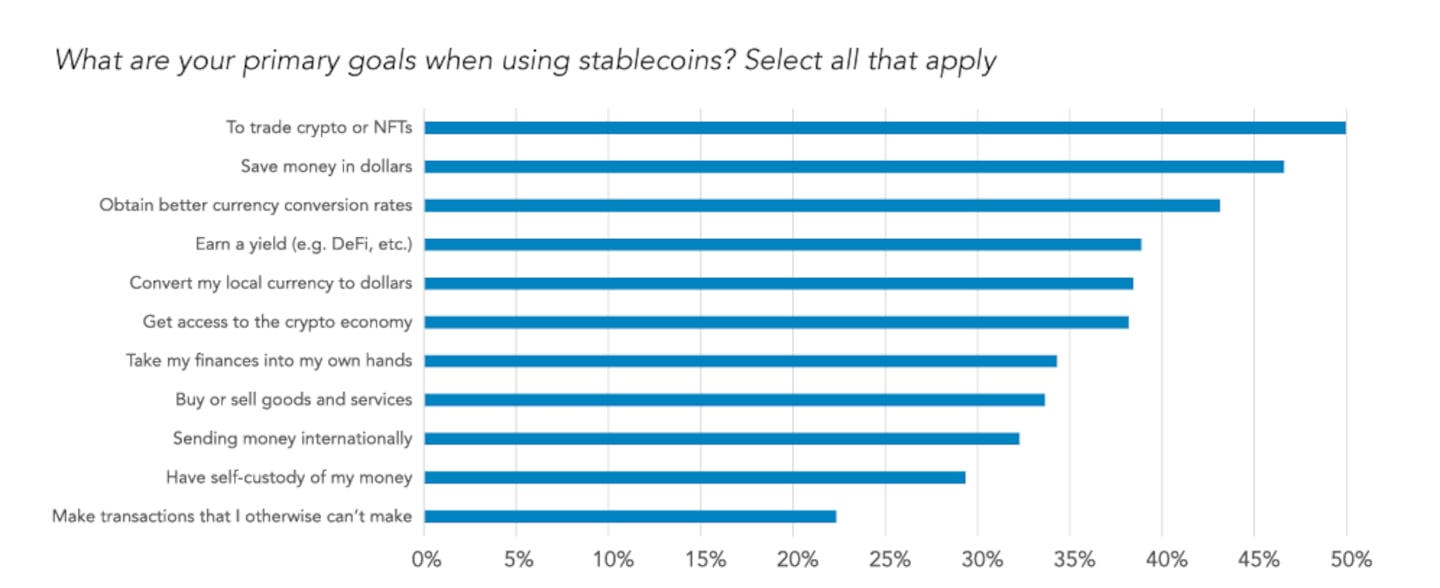
“It’s notable that a majority of respondents in all countries in the sample reported having used stablecoins for a non-crypto trading use case,” the report said.
Currency conversion was the most popular use case overall besides crypto trading, but the survey found differences between countries.
For example, Turkish stablecoins users said their primary objective was to earn a yield on their funds, while Nigerians prioritised saving money in US dollars.
Crypto market movers
- Bitcoin is up 0.5% in the last 24 hours, at $58,200.
- Ethereum has risen 0.5% in the same period, trading at $2,360.
What we are reading
- Shitposting is part of the job for this crypto pro: ‘It’s an art form’ — DL News
- Vitalik Buterin: Stage 1+ L2 Networks Will Be the Future of Ethereum Scaling — Milk Road
- Why the Investigation Into Gary Gensler’s Hiring Practices Is Unlikely to Result in Any Action — Unchained
- Trump Announces Launch of World Liberty Financial: ‘We’re Embracing the Future with Crypto’ — Milk Road
- XRP rallies as Grayscale revives trust and ‘pave the way for an XRP ETF’ — DL News
Tom Carreras writes about markets for DL News. Got a tip about stablecoins? Reach out at tcarreras@dlnews.com
